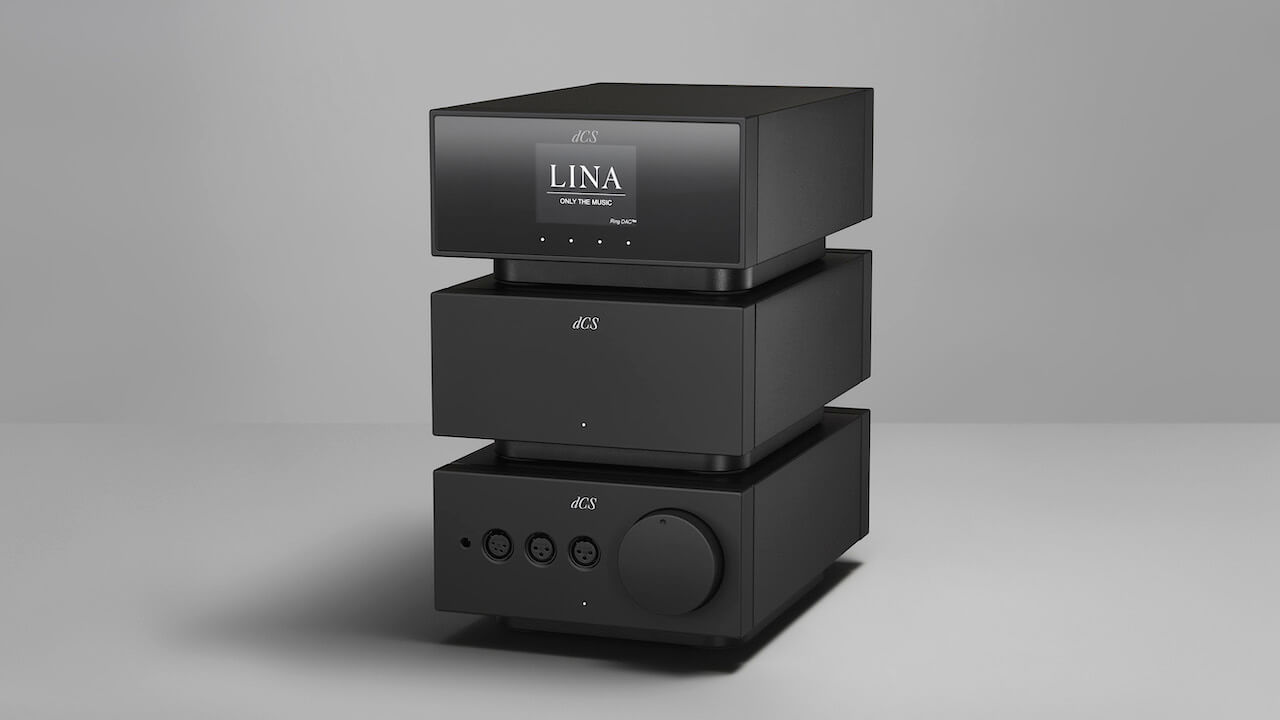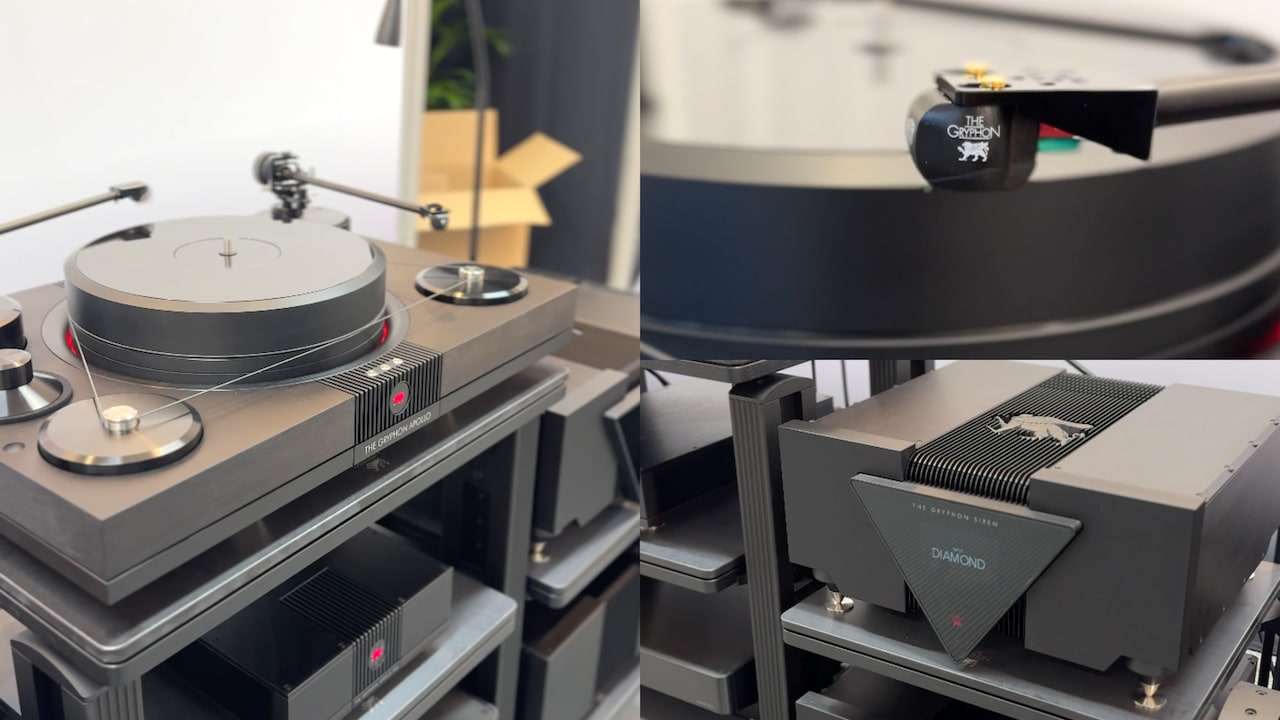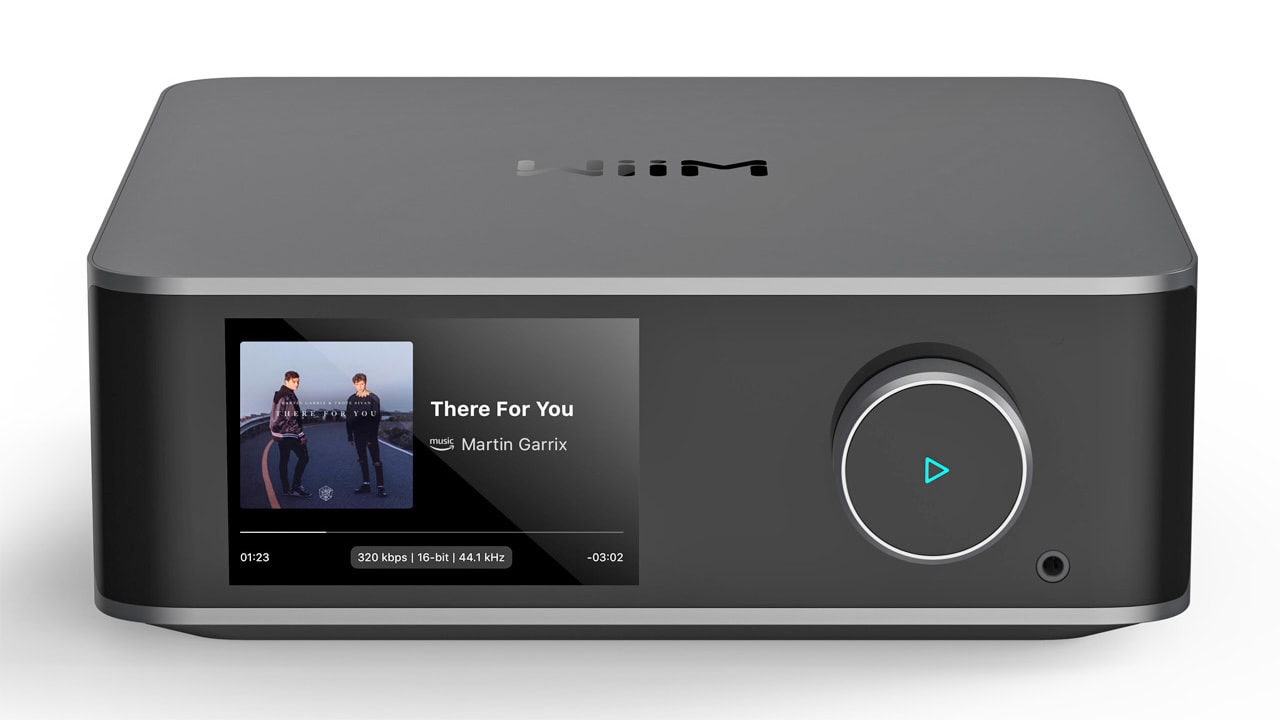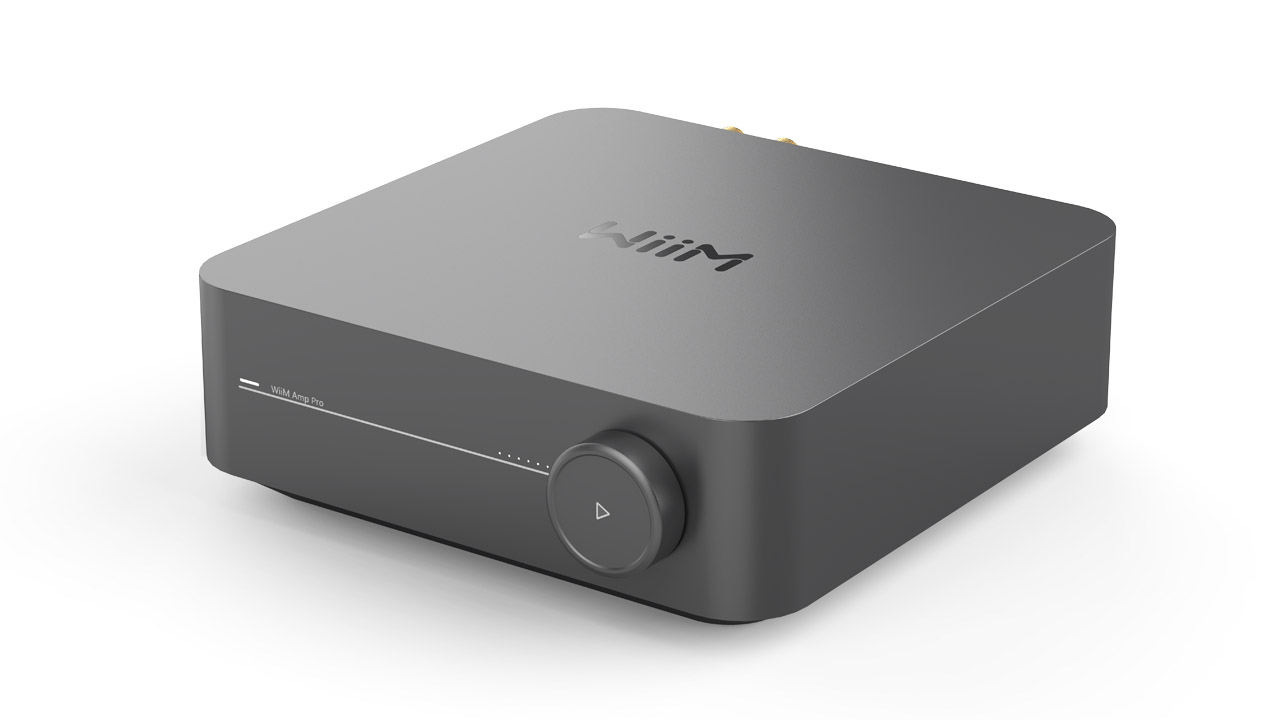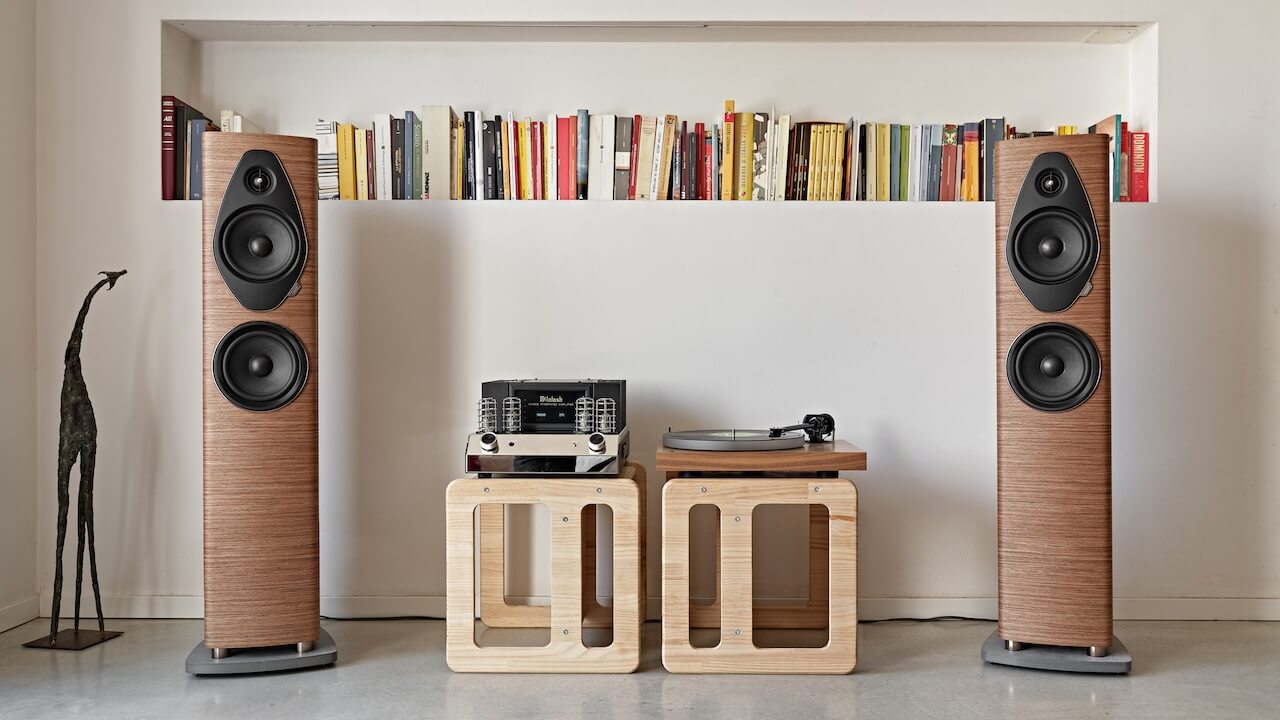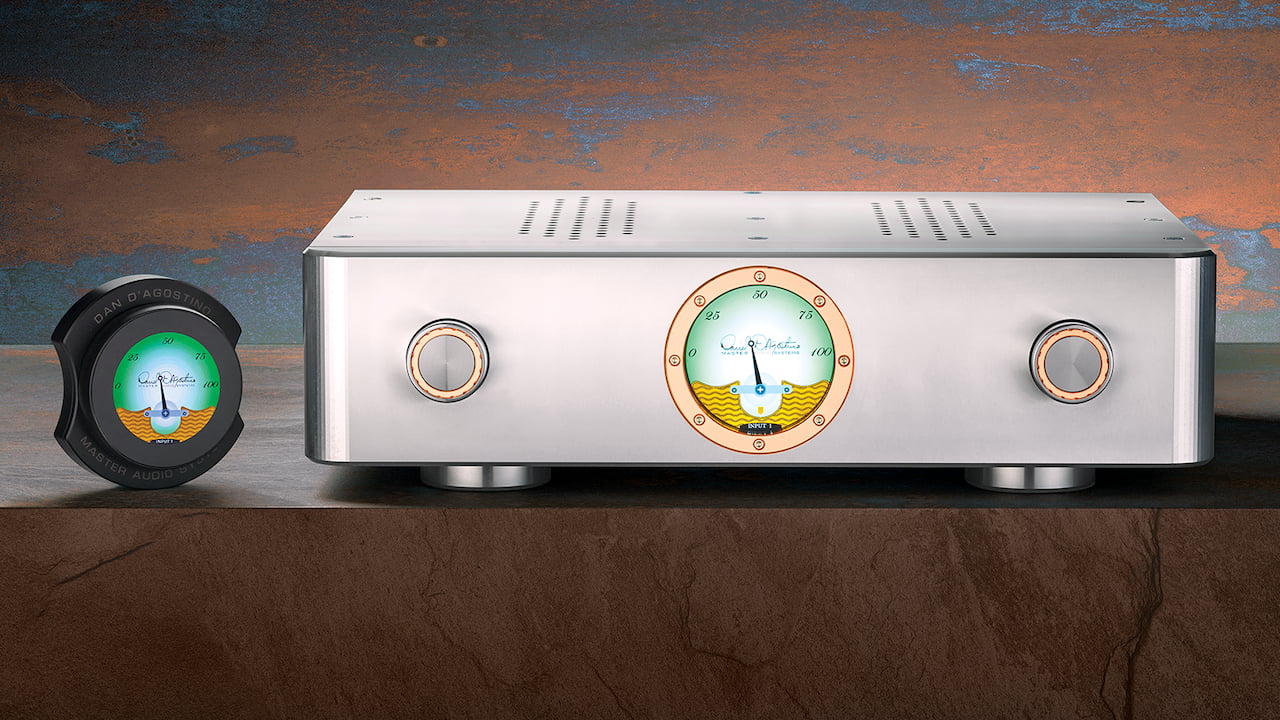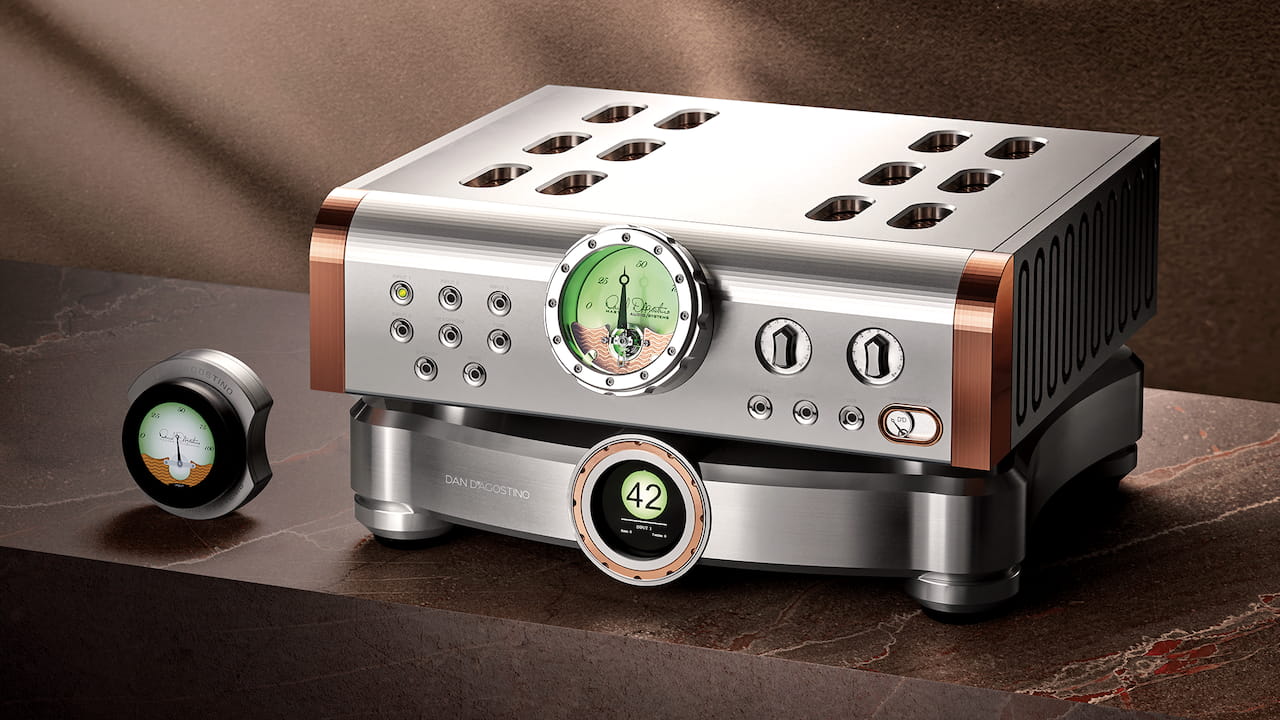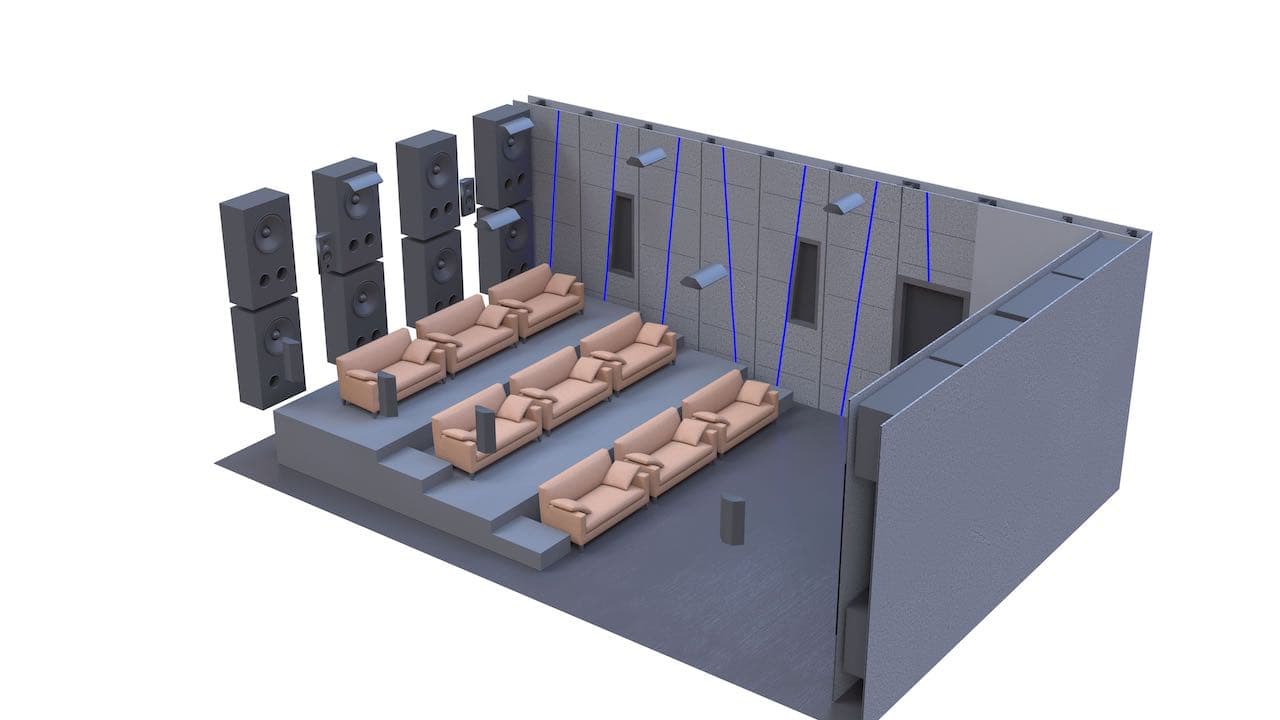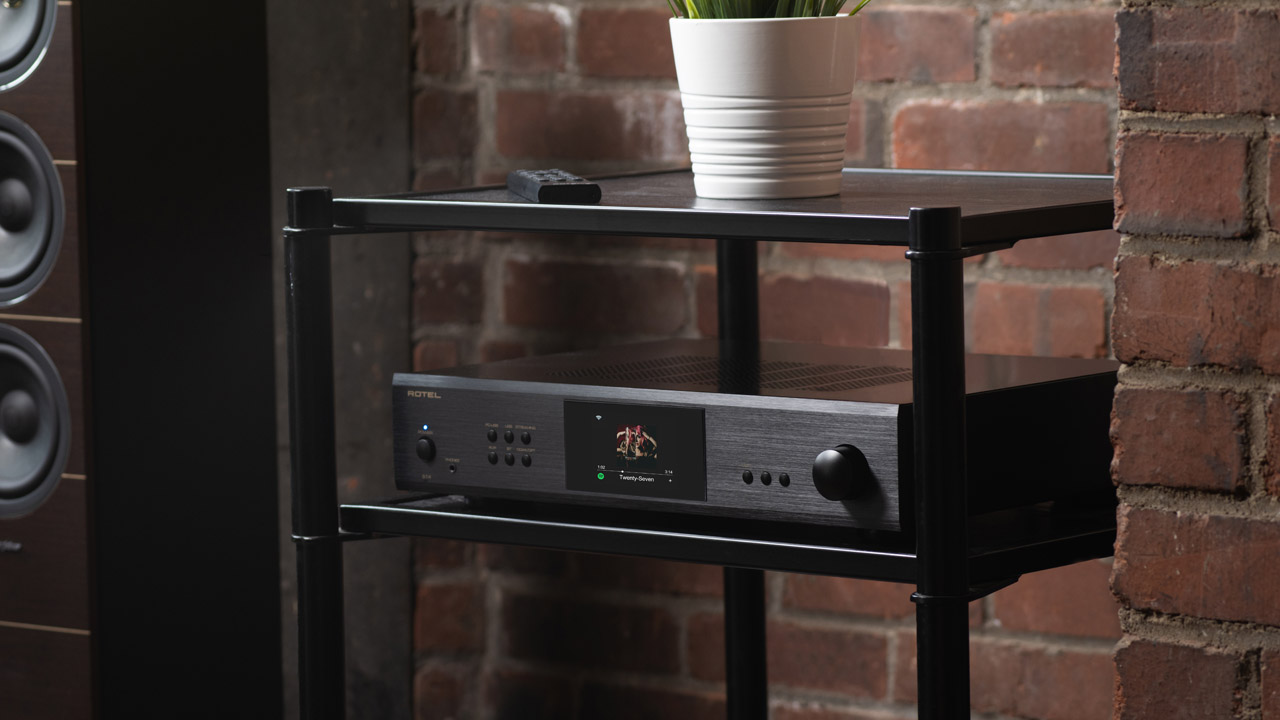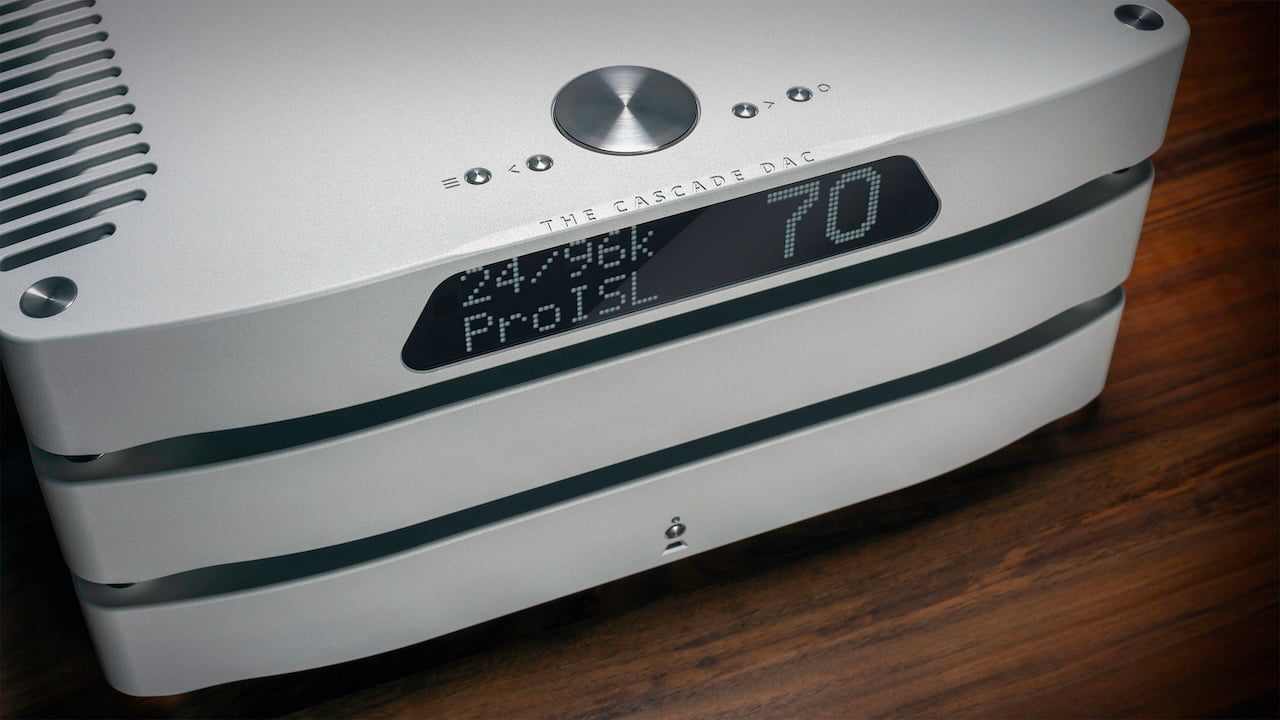There are very few brands in high-end audio that deserve to be compared to the world’s best automobiles (versus expensive) but dCS is certainly one of them.
The British manufacturer was founded in the 1980s and got its start making signal converters for the British Navy; the brand transformed itself into one of the most important brands in high-end audio digital playback; you can find their products at almost every Head-Fi event or CanJam and you might be quite surprised by what you find.
dCS pioneered the Ring DAC circuit in the early 1990s and has offered it in their lineup ever since; audiophiles have long praised the sonic and engineering excellence of their products but the price of admission has remained incredibly high.
Tip: WTF is a DAC?
When dCS introduced the Bartok, it was “affordable” by dCS standards but still commanded almost $20,000 USD when it was introduced in 2019 (inflation has not been kind)
Despite the price, the Bartok has become popular in headphone circles as an end-game DAC and any quick search of a headphone related forum will likely find reference to it.
The demand for the Bartok has been very high; a number of high-end publications use it as their point of reference when reviewing DACs and headphone amplifiers and the company was quite busy during the pandemic fulfilling orders — which is even more impressive when you consider how bad the economy was and how much money people had to spend on food and other expenses.
It is because of that, that the new dCS LINA exists. When the Bartok hit the market, it had the option to add a headphone amplifier and that option sold more than expected. Headphone users were driving a good portion of their market. Adding to that, some were adding the dCS Rossini master clock to their Bartok and were claiming significant gains by doing so. Again, dCS was not unaware of what was happening and plans for the LINA line took shape.

The first thing to know is that the dCS LINA is not a single product; the trio of products includes the Network DAC ($13,650), headphone amplifier ($9,750) and the master clock ($7,750).
Each component is capable of operating independently which allows the buyer to spread the cost out over time if buying the whole system or to cherry-pick only those components they desire rather than shelling out the $29,150 to buy all the components at once. (There is no pre-order discount for buying all-three pieces as per typical dCS sales procedures).
Over the past 12 months, dCS released several performance upgrades and new features for dCS owners. They also delivered a major firmware upgrade for the dCS Bartók, and launched the next generation Bartók APEX.
They have also made their Expanse crossfeed feature available to dCS Rossini owners, and added digital volume control and volume lock to the dCS Lina Network DAC, allowing listeners to use the DAC as a pre-amplifier in two-channel audio setups.
What’s New?
The Lina Network DAC 2.0 update brings several new features that are designed to enhance performance, aid ease of use, and give listeners more control over their playback experience.
It is available to new and existing Lina Network DAC owners and is provided free of charge.
Two new Mapper settings
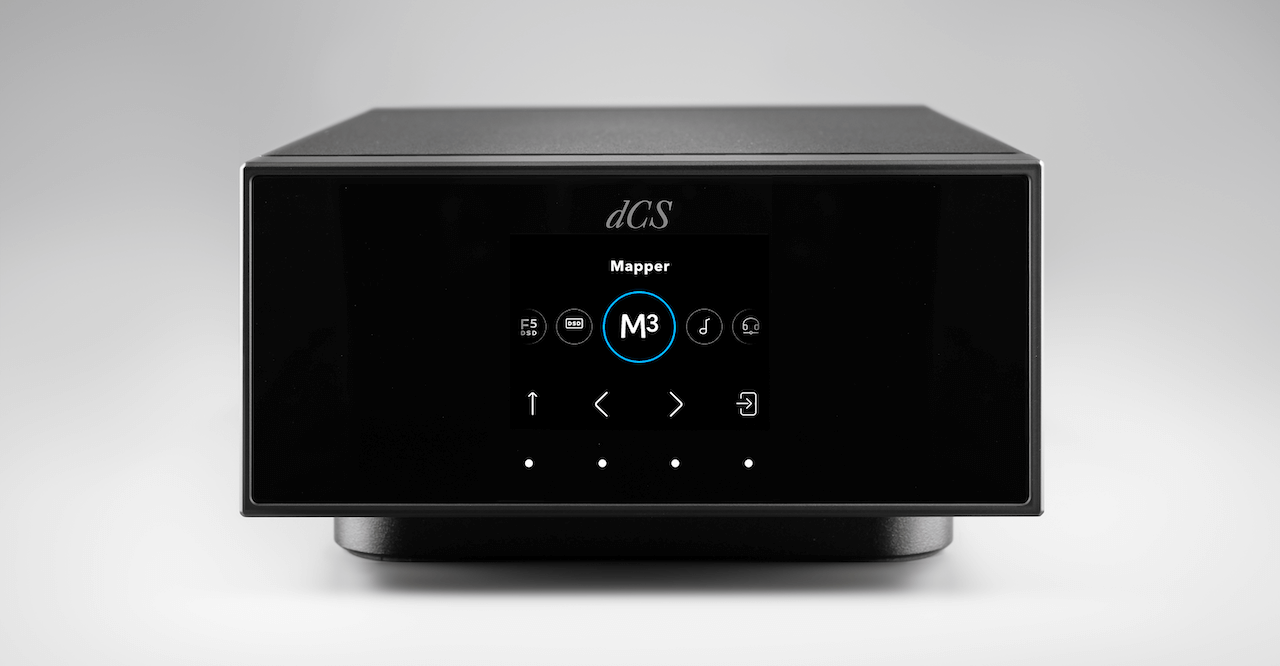
Lina 2.0 brings two new Mapper settings to the Lina Network DAC. These settings – first introduced in the dCS Vivaldi, Rossini and Bartók ranges – enable the Ring DAC to operate at double speed [5.6 or 6.14MS/s].
These additional settings are the result of careful refinement and continuous development. Since releasing the original Mapper [now MAP 2], we have continued to refine our process and improve jitter performance. We are now able to offer the option of a higher ring rate – a development which, in turn, allows us to move matching noise further out of the audible band – along with other improvements and refinements to our mapping algorithm. Listeners can now choose from double-speed settings or the original dCS Mapper to suit their preference.
DSD128 Upsampling
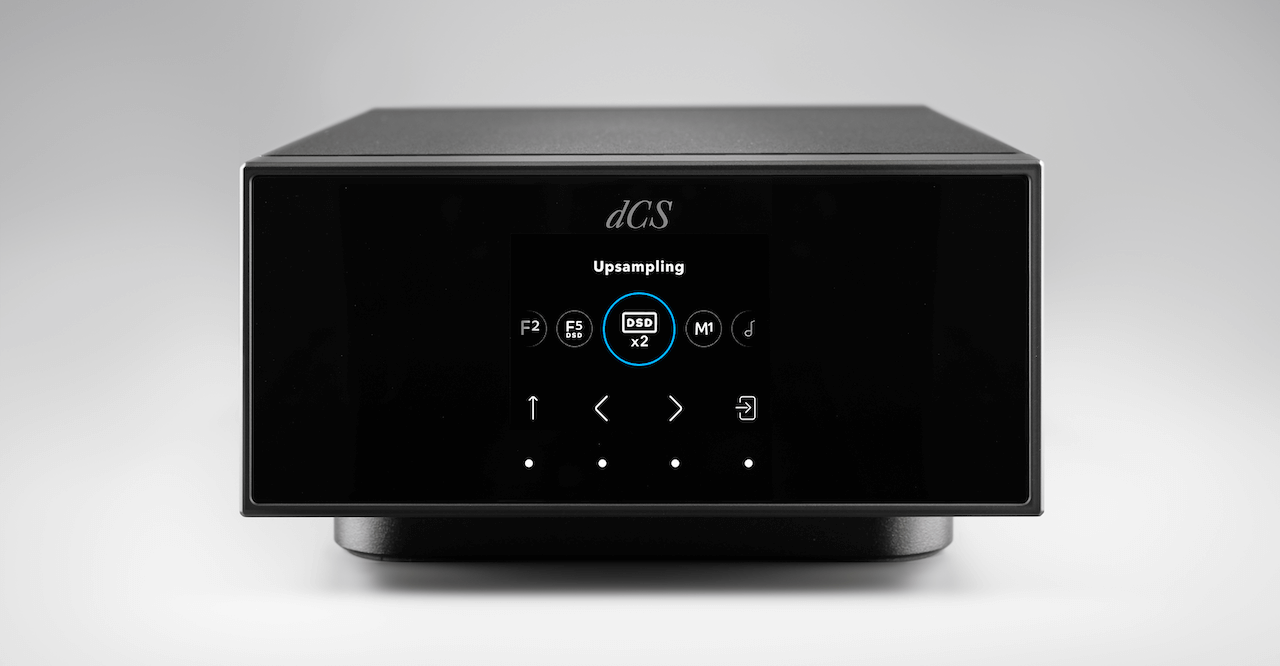
A new DSD128 upsampling feature, as seen in the dCS Vivaldi, Rossini and Bartók DACs and Players, allows the Lina Network DAC to convert PCM audio to DSD at a greater speed, pushing noise higher in the frequency range [to somewhere above 40kHz]. This, in turn, allows the use of gentler filters. Depending on a listener’s music choice, this can result in improved spatial presentation and a more natural, nuanced sound.
New PCM and DSD Filters
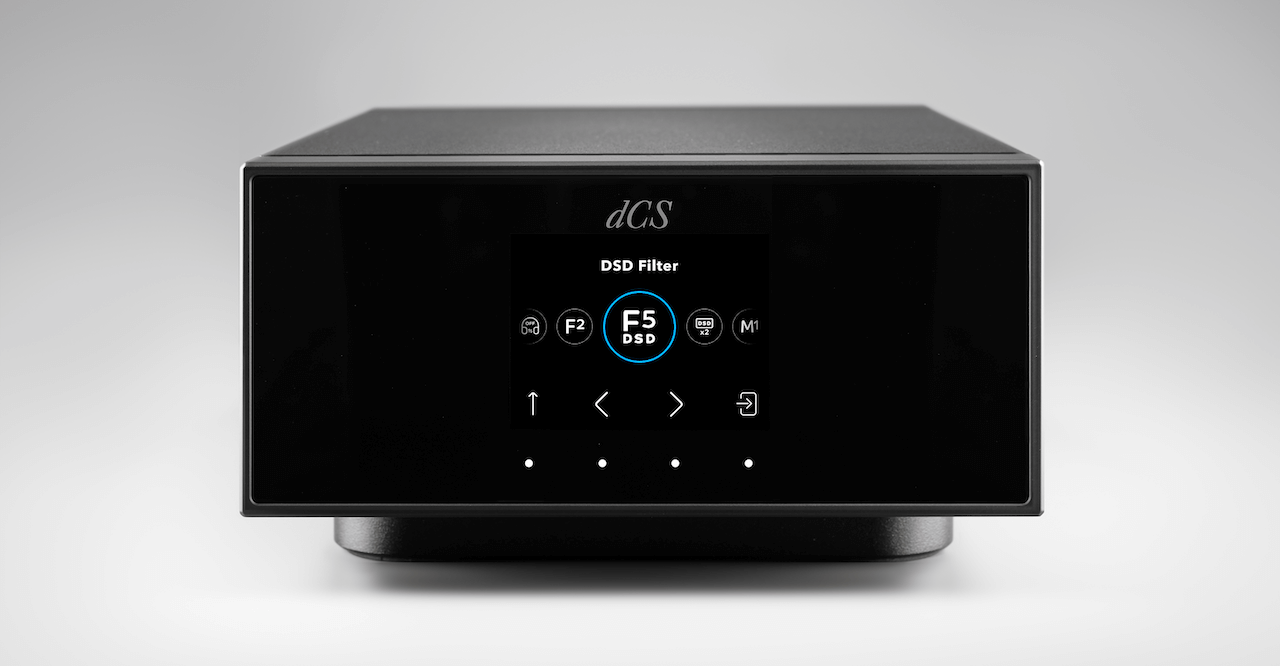
All dCS DACs provide a range of carefully designed filter options, allowing listeners to select the setting that best suits their music and preferences.
The Lina Network DAC launched in 2022 with a choice of two filters, F1 and F2, for ease of use. The 2.0 update brings four new PCM filters, plus an additional DSD filter [F5] with a relaxed roll-off and smoother phase response.
This brings the number of filters available with the Lina Network DAC in line with our Rossini and Bartók DACs and gives listeners even more control over their system’s performance.
Balance Controls

An additional balance control function allows listeners to adjust left and right balance when listening with headphones or loudspeakers.
This means Lina Network DAC owners can now adjust the volume of each channel in isolation, and compensate for volume differences between left and right channels – whether due to system challenges such as non-ideal speaker placement, or auditory imbalances – for a more natural presentation of sound.
Text Size Settings for Distance Listening
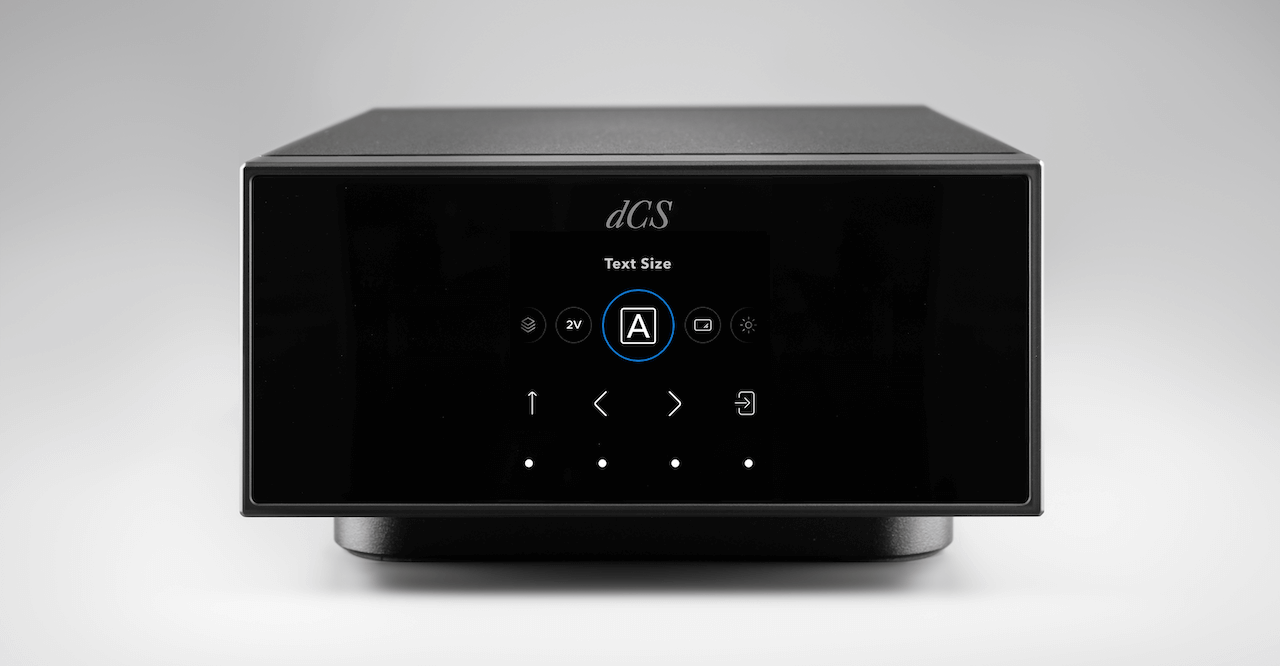
A user interface update offers the option to increase text size on the Lina Network DAC’s LED display, making it easier to read track titles when listening to the product from a distance.
Remote Control Support
It is now possible to control the Lina Network DAC with a dCS remote control or generic remote. See the Lina Network DAC 2.0 release notes for more information.
The upgrade builds on our vision to create a versatile DAC that excels in a vast range of audio setups – including headphone and loudspeaker-based systems – and deliver all the benefits listeners have come to expect from dCS. It is the result of extensive development and is made possible through Lina’s flexible architecture.
We’ll release further information on our 2.0 software, and the features included with this upgrade – including more detailed insights into dCS filters and mappers – over the next few weeks. For now, we hope listeners take great pleasure exploring all this upgrade has to offer, and the performance advantages it brings.
Download Lina 2.0

Lina Network DAC 2.0 is available via the dCS Mosaic Control app from October 17, 2023. Download the latest version of dCS Mosaic Control for iOS or Mosaic Control for Android.
The dCS Mosaic Control app has been updated to provide support for Lina Network DAC 2.0, along with new features available for all dCS devices with network streaming capabilities. For more information, see our Mosaic 1.42 release notes or lina.dcsaudio.com.
Where to buy: $31,150 at headphones.com
Related Reading

